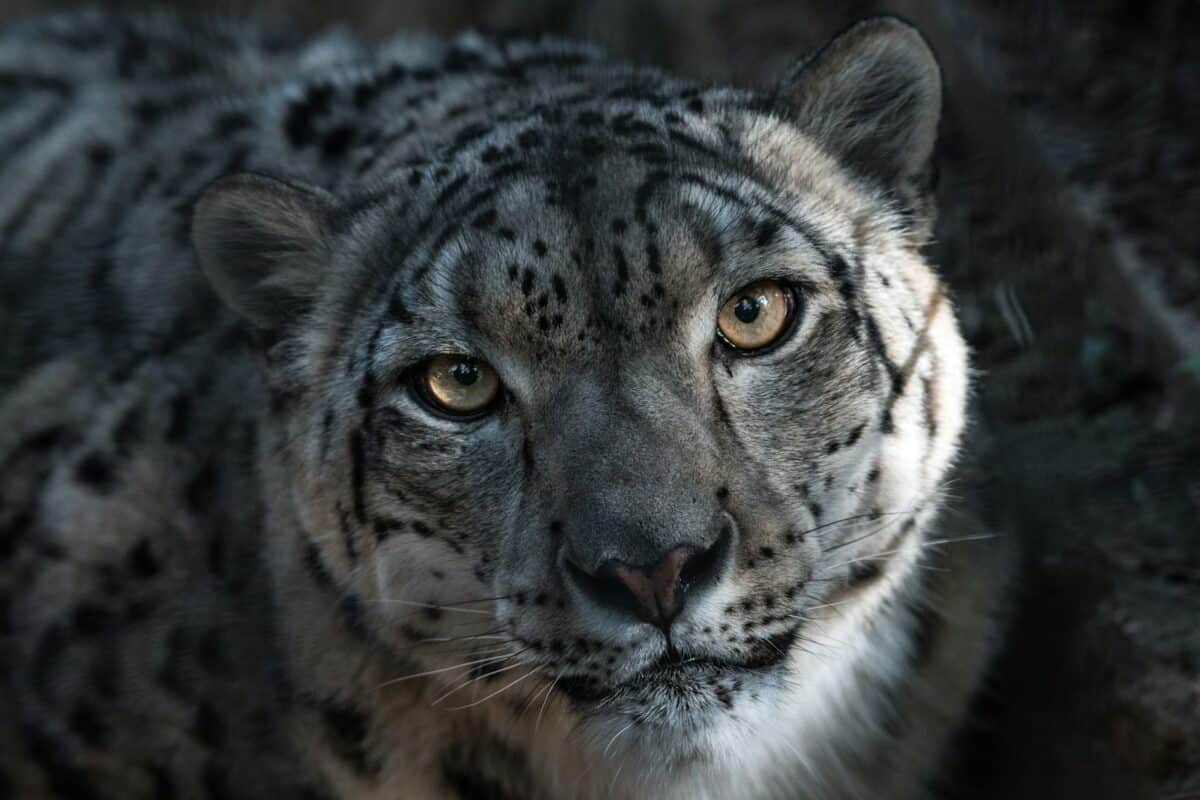The snow leopard, a mesmerizing and elusive creature, roams the vast expanse of the Himalayas with an air of mystery and grace unrivaled in the animal kingdom. Hidden beneath the icy shadows of the world’s highest peaks, this feline predator demonstrates a silent approach to life, navigating its treacherous terrain with a masterful blend of stealth and agility. The snow leopard’s existence is not only a testament to the resilience of wildlife in extreme conditions but also an enduring symbol of nature’s untamed beauty.
Masters of the High Himalayas
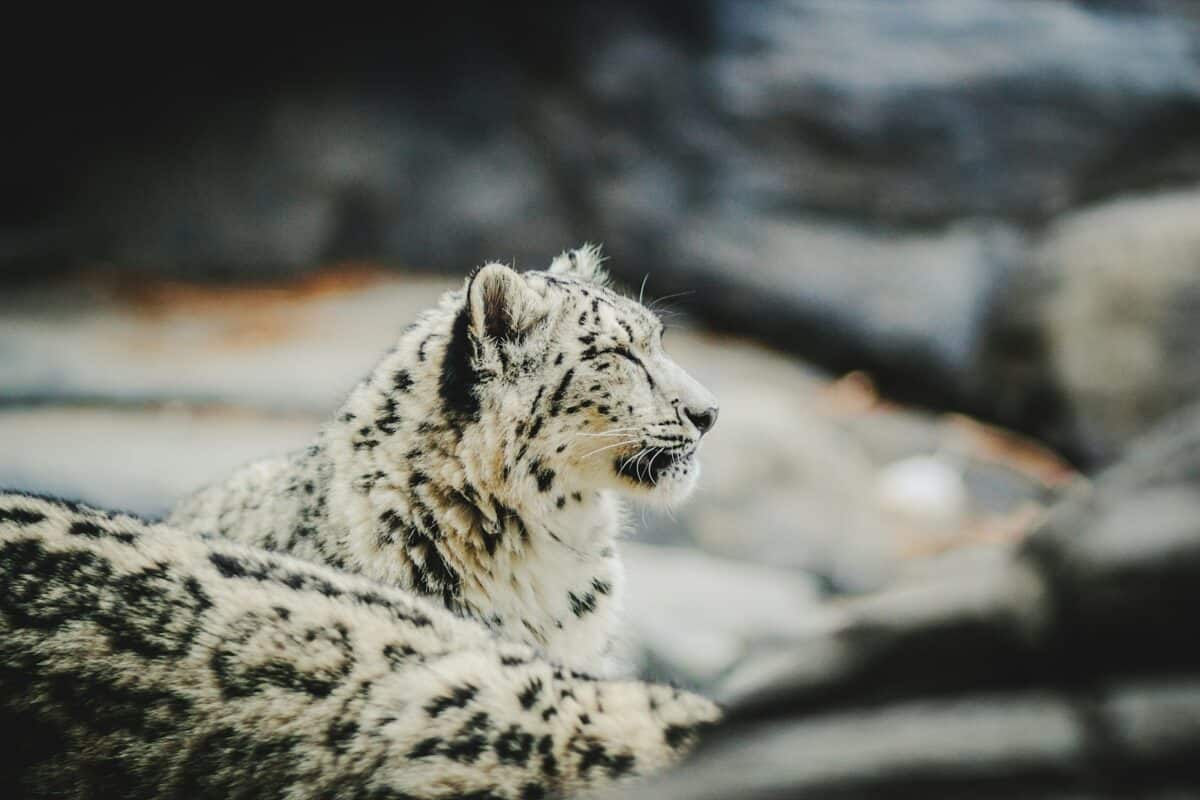
The Himalayas, a colossal mountain range spanning five countries, serve as the perfect sanctuary for snow leopards. These majestic felines typically inhabit elevations between 3,000 to 5,500 meters, where rugged cliffs and rocky outcrops offer ample opportunities for stalking prey and disappearing at a moment’s notice. The challenging terrain provides snow leopards with an excellent advantage over potential threats and other predators, allowing them to become supreme hunters in their domain.
The Unique Appearance of Snow Leopards
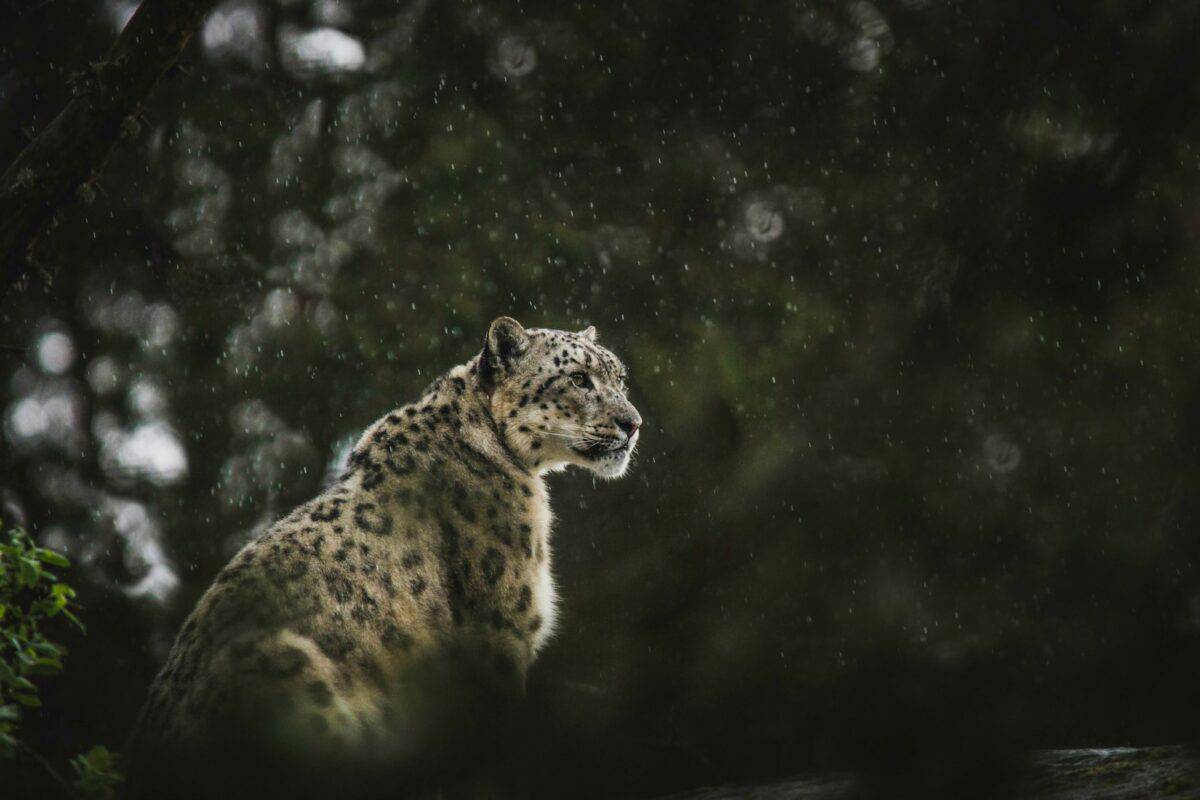
Snow leopards, scientifically known as Panthera uncia, possess a distinctive appearance that has made them both intriguing and easily recognizable. With their thick, luxurious fur and striking rosettes, these cats blend seamlessly into their snowy environments. Their tails, long and bushy, not only assist in maintaining balance during agile pursuits but also act as a warm cover during rest in harsh climates.
Behavior and Lifestyle

Unlike many other big cats, snow leopards lead predominantly solitary lives. They are territorial creatures, with individuals marking vast home ranges to ward off potential intruders. Their elusive nature means encounters with other snow leopards are rare, often occurring only during the mating season. This solitary behavior minimizes competition and ensures a plentiful supply of prey within their territories.
The Snow Leopard’s Hunting Techniques
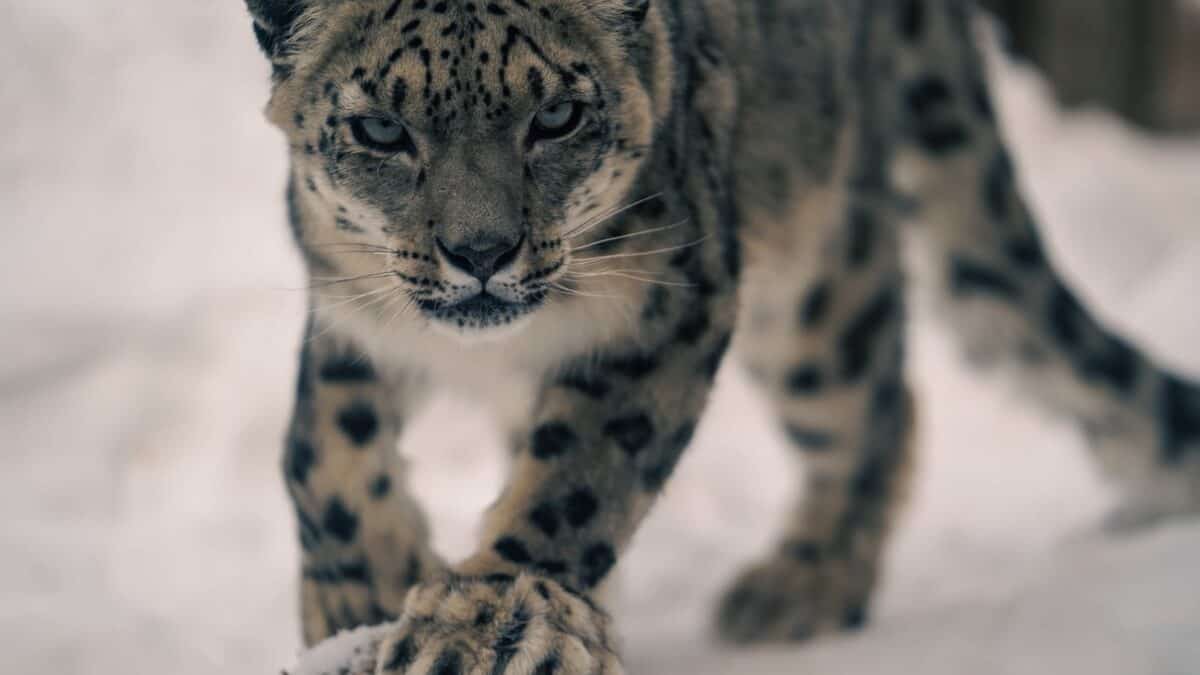
Renowned for their stealth, snow leopards are master hunters. They rely on a combination of acute hearing, sharp vision, and powerful limbs to ambush their prey. By approaching quietly and swiftly through rocky terrain, these predators can catch unsuspecting animals, ranging from bharal (blue sheep) to Himalayan tahr and even smaller mammals when necessary. A single meal can sustain a snow leopard for up to a week, highlighting their exceptional hunting efficiency.
Adaptations for Survival

The snow leopard’s adaptations are nothing short of remarkable. Their broad, fur-covered paws function like natural snowshoes, distributing weight and increasing traction on snowy surfaces. Moreover, their nasal cavities are specially designed to warm up cold air before it reaches the lungs, which is crucial for survival in extreme altitudes. Coupled with their keen senses, these features make snow leopards exemplary survivors of their harsh environment.
Seasonal Movements

Snow leopards are known for their vertical migration, moving to lower altitudes during winter in pursuit of prey while ascending to higher elevations in summer. This seasonal movement not only facilitates feeding opportunities but also narrows interaction with humans and other potential disturbances. The adaptability of snow leopards to migrate according to environmental conditions demonstrates their resilience and resourcefulness.
Threats Facing Snow Leopards
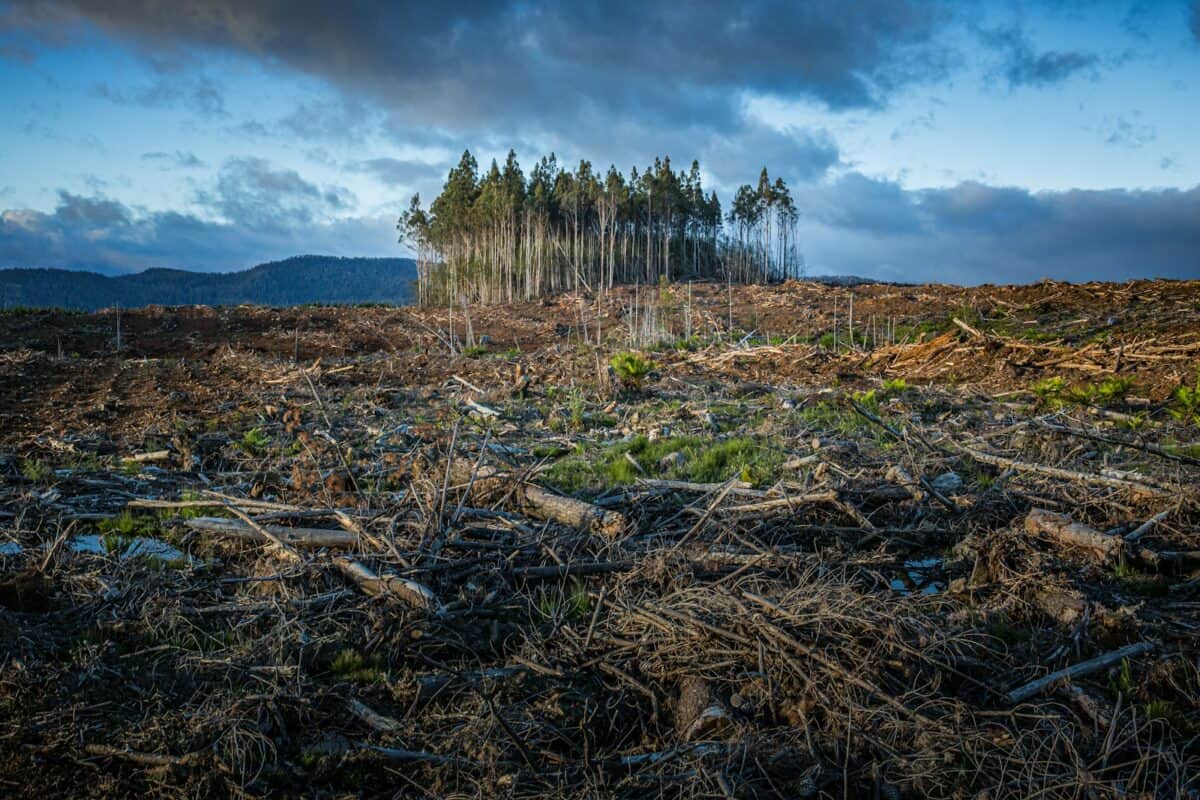
Despite their remote habitat, snow leopards face numerous threats to their survival. Habitat loss due to human encroachment, illegal poaching for fur and bones, and retaliatory killings by herders pose significant challenges. The shrinking prey base also forces snow leopards to approach livestock, exacerbating human-wildlife conflict. These factors combined put pressure on their populations, necessitating urgent conservation efforts.
Guardians of the Mountains

A variety of international and local organizations are dedicated to the conservation of snow leopards. Initiatives include anti-poaching measures, habitat restoration, and community engagement programs aimed at reducing conflict between herders and snow leopards. Innovative strategies, like providing livestock corrals and compensation for lost animals, are beginning to show promise in fostering coexistence.
Monitoring Snow Leopards’ Habitats
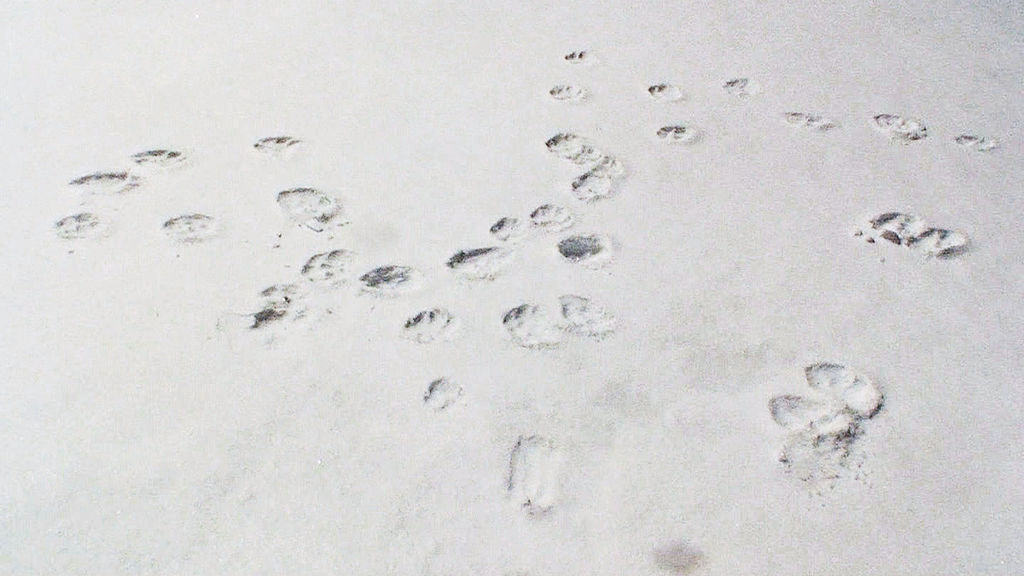
Modern technology is playing a pivotal role in snow leopard conservation efforts. GPS collars and camera traps enable researchers to monitor snow leopard movements and populations directly, offering insights into their behaviors and interactions within their habitats. This data is invaluable for developing effective policies and programs geared toward preserving these magnificent creatures.
The Human Element in Conservation

Community involvement is essential for the success of snow leopard conservation. Empowering local populations through education and sustainable economic opportunities, such as eco-tourism, can shift perceptions and foster positive relationships with their reclusive feline neighbors. Effective conservation relies on mutual understanding and cooperation between humans and wildlife.
Snow Leopards and Climate Change
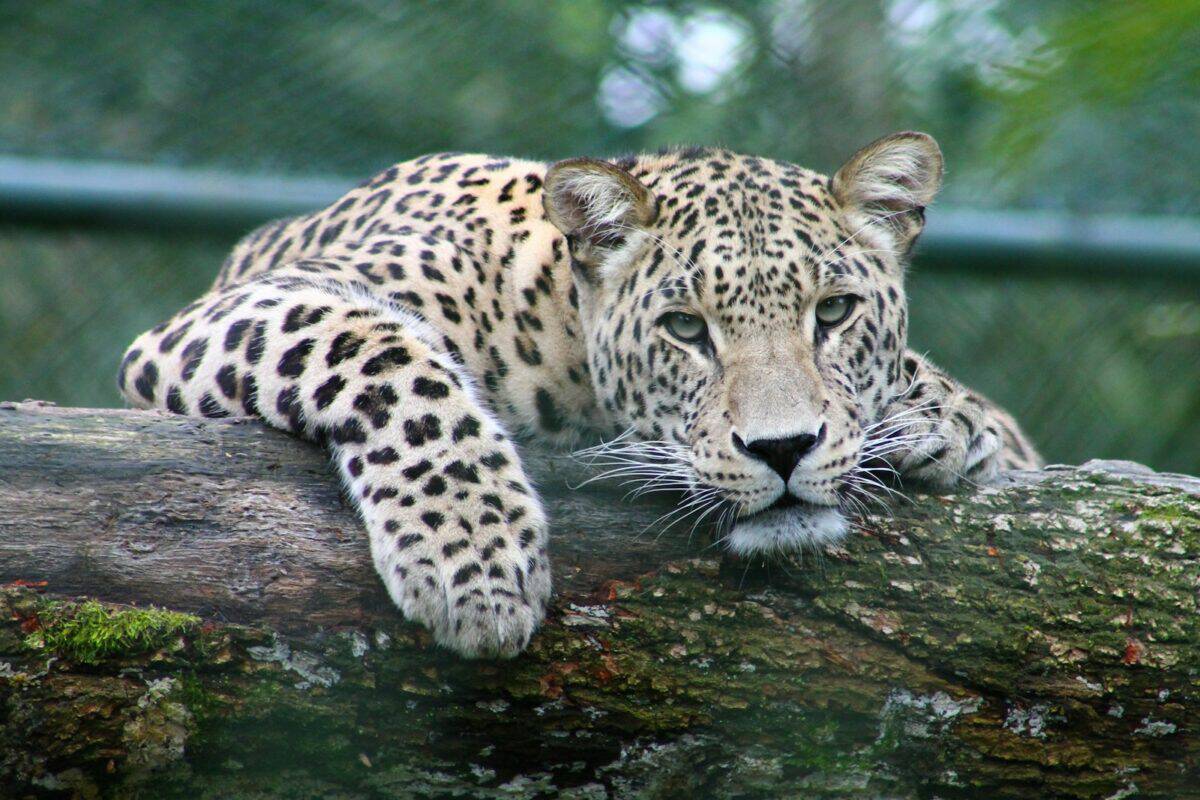
Climate change presents a looming threat to the snow leopard’s habitat. Warming temperatures may alter vegetation patterns, impact prey availability, and lead to habitat fragmentation. These changes will require strategic conservation planning to ensure snow leopards can adapt and continue to thrive amid shifting environmental landscapes.
The Snow Leopard’s Role in Biodiversity

Beyond their intrinsic value, snow leopards serve as key ambassadors for the preservation of biodiversity within the Himalayas. Protecting these apex predators not only conserves an iconic species but also safeguards the intricate ecosystems which rely on their presence. The continued survival of snow leopards offers hope for maintaining the delicate balance of mountain environments.
In conclusion, the snow leopard’s silent approach in the Himalayas represents a story of adaptation, survival, and beauty in the face of adversity. Its existence underscores the importance of comprehensive conservation efforts and the power of human-wildlife cooperation. By appreciating and preserving this mysterious predator, we celebrate not just the majesty of the snow leopard but also our collective responsibility to protect Earth’s most resilient yet vulnerable inhabitants.
- 10 Most Endangered Birds in the U.S. and Where to Find Them - August 9, 2025
- 15 Tips for Managing Spider Infestations During Storm Season - August 8, 2025
- How Superstorms Have Reshaped Coastlines Over Time - August 8, 2025

